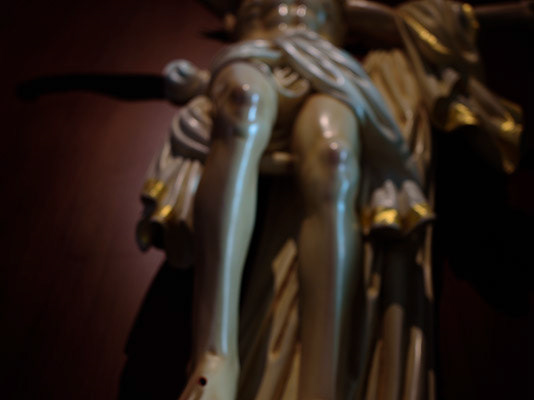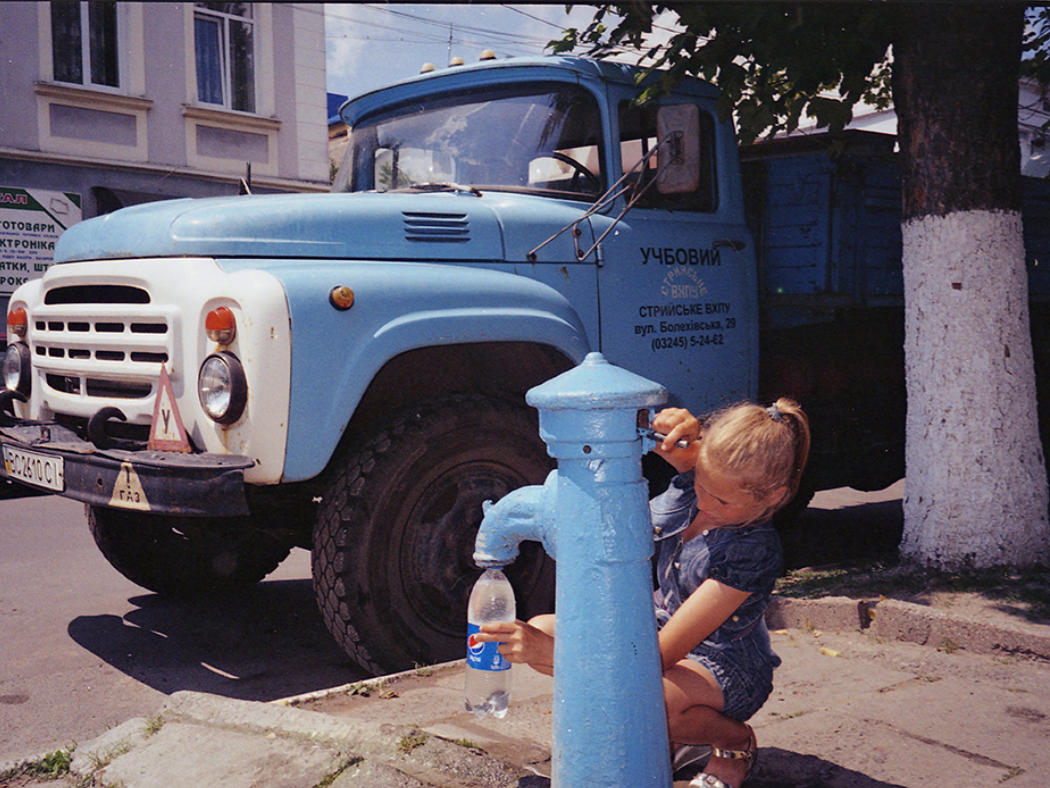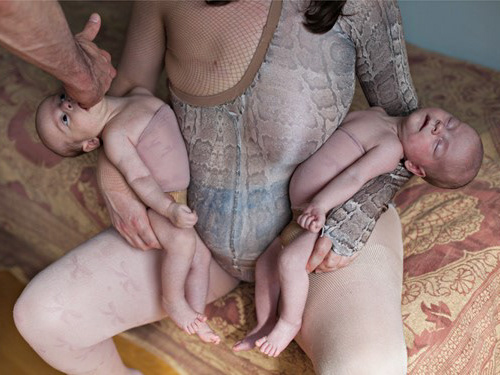If you've ever read one of my blog entries, you'll have noticed the little importance I give to equipment, that is, very little. Does this mean it's not important? Far from it, but I consider it more important to understand the philosophical aspect of photography and what it entails, rather than the technical part.
That said, I can't be hypocritical and overlook the question of cameras and lenses for one simple reason, I love them! I understand that if you're here, you do too. It's logical, because tinkering with gadgets is fun - if you'll allow me the expression - and playing with these devices.
However, this can't distract us from what's truly important, photography. As my friend and mentor Carlos Permuy would say, "you wouldn't ask a painter what brush he used for that painting." It's curious because it's very common in this world of photography to ask about this question. Mind you, I don't think it's wrong; it's fine to satisfy this technical curiosity, but it shouldn't go beyond being mere curiosity.
Returning to the title of this blog entry, I'll tell you about my favorite lens, as well as its advantages and disadvantages in its use.
First, we should talk about what's better, zoom or prime lenses. There are many opinions on this question on the internet. I don't think I'll bring anything new to the table, yet I'll give my opinion. My answer to this question is basically "it depends."
Yes, it depends on the use we're going to give to the zoom or the prime lens. If you're a professional in photojournalism, sports, or even what is currently called "Birding," you can't go with a prime lens because its use isn't justified. I mean, you could, but you wouldn't take the picture of that little bird on a tree 250 meters from your position.
The prime lens, in this case, would make my approach to that "birding" work radically different; in my case,I would document how the community of people who dedicate themselves to birdwatching lives.
However, and here is where my personal preferences come in, if our work consists of carrying out slow projects, photo reports, or even capturing images where we have a relatively "long" time, the best is a prime lens.
Obviously, it depends on the project. It's not the same to document the quiet life of a town in Albacete as it is to document animal life on the African savanna, among dangerous feline animals.
Well, it's already clear that we don't have to be - as young people say - haters of the equipment. In the end, they are work tools that allow us to achieve our goals.
Robert Capa and his photograph of the Normandy landings.
Okay, but I haven't said yet what my favorite lens is, with which I shoot 99% of all my images. In my case, it's a prime lens, 28mm, manual focus (it doesn't have to be manual or autofocus). It's quite old, so much so that the aperture of the diaphragm isn't automated, so it's also manual.
It's a lens open enough to be able "to tell". If we're documenting, we're interested in telling, not closing ourselves off to life. Being open - angled - it forces us to get closer. As José Manuel Navia says, "I didn't become a photographer to look at life from afar."
Robert Capa also reminds us that "if your photograph isn't good, you're not close enough." Well, Capa knew a "little" about this. Well, maybe you're saying to yourself, "okay, but what brand?" I'm not in favor of naming any brand, but I have to say that my lens is Sigma, and it must be about 20 or 25 years old, or maybe more. It's very old, but it has a very nice and sweet focus. I personally like it very much.
And now the most important thing, why? Well, the reasons are based on the positive benefits they transmit to us when using them.
-Firstly, being a prime lens, it forces us to adapt and learn to use that focal length, so that over time we come to "see" with that focal length and we'll know without needing to look through the lens what will enter and what won't enter the image.
-Another important aspect is that, not being a zoom, it forces us to get closer - I mentioned Capa's opinion about this before - so we could say that the zoom is our legs.
-An important issue is its focal length, it's open enough to tell a lot in photography, but without excessively distorting, so it's relatively easy to learn to tame this lens.
-Composing with the 28mm will always be easier than composing with a wider lens since more characters or objects would enter and it would be harder to compose.
-It forces us to be creative, in a time when everything is fast and technological aids, this type of manual lenses helps us to "work" this creativity that is so easily lost with such aids.
-We save excessive weight. That is, it's a lightweight lens, and we won't have to carry a backpack with more lenses and objectives, which will really distract us from our session and on top of that, make us lose more moments. The back will thank you.
-It's tiny, since it doesn't have a focus motor, so it will always be more discreet and we won't give that appearance of a professional that people shy away from so easily.
-Related to creativity, it helps us take our time, even to prepare for the photo we have in mind.
-It's faster than autofocus. Yes, even if you don't believe it, it is, since if you know how to adjust the focus and calculate the shooting distance by eye, it will always be focused. It's a matter of practice.
-It's cheaper than automatic and modern lenses. I think there are enough reasons for me to adore this lens. But it also has its negative aspects, which in my case, aren't many, but I'll detail them anyway.
-Because it's a lens that forces me to get closer (sometimes to move away), it may happen that sometimes I miss a shot. You can't always get the image you have in your head. In situations where there are obstacles in the way, or if the topography is insurmountable, it may not be close enough.
And... I can't think of any more negative aspects of this lens, for my needs. I have to say, this negative aspect has to be quickly turned into a positive one, how? Well, by giving a twist to that image we have in mind, looking from another angle, from another side, giving a different (metaphorical) focus, until we achieve the ideal image that fits our project.
f2.8?









